I talk about Canemah a lot. It is right down the road from my house and offers a wealth of what an artist friend of mine once called “salient detail.” It’s also gorgeous. This is the time of year when Canemah really shows off with flowers and bloom.
But I think it’s also the time when its history is most evident.
An Oregonian article from several years ago gives me an idea that Canemah was something of a meeting place. With the obstacle of Willamette Falls, preventing easy navigation (but providing good fishing) I can see the area being something of a rest stop.
Canemah comes from “canim” or “canoe” in Chinook. Situated just upstream of the rushing Willamette Falls, the riverside area of Canemah is where hundreds of generations of Native Americans beached their canoes to portage around the falls. – Metro website
I’ve done a little research to improve my knowledge of Native Americans of the Pacific Northwest; like all cultures, Native Americans have dramatic cultural shifts from one region to another. My immediate area is where four major tribes and bands called home. I love to research stories and know the landmarks they are referring to.
For example. this story about the Kalapuyas:
One day Crow entered the house of a poor family, according to an old Tualatin, Kalapuya story. He told the woman, “make and sharpen a stick at the end and dig a hole. Get these camas, and get these potatoes and get wild carrots, and all these edible things in the ground so that they may be eaten,” because, he explained, “you will be well off.”
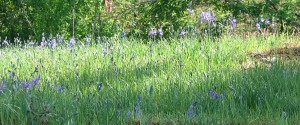
With camas, a flower that was dug in the fall for its tubers and eaten like potatoes, in abundant supply I can visualize families setting up here to rest and stock up on stores. While camas are abundant in our area, this is the only place where I have seen an entire field covered in them.
The oak savannah of Canemah is pretty rare for Oregon as well, but treasured because it is evidence of a lifestyle.
They slash burned just to make the country an open pasture. To make the habitat more conducive to elk, deer, camas, tarweed and hazelnuts,” says Zenk. “The way they managed their land is something they had to work at. They were almost like a pre-agricultural society.” This rare pre-agricultural land management not only ensured that lush meadows would attract, game and produce traditional plant foods every spring. According to Hudson, “When they burned the land they burned the grasshoppers. And the women gathered up the grasshoppers, and they ate those grasshoppers, it is said.” Similarly, Zenk adds that the freshly burnt fields left camas seeds loosened from their pods and ready for harvest. “The women would go out into the fields and use seed fan (baskets) to beat the seeds from the parched pods.
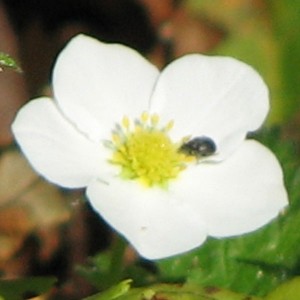
In the spring you will see wild strawberries and salmon berries, as well as other edibles like miner’s lettuce and bracken, even I can dream up a gourmet meal featuring spring Chinook.
It’s this kind of mood that makes me want to do a series of paintings inspired by the Native Americans of my region. The closest I have dared come is my painting “Thunderbird.” But I do dream about it.
Resources
Metro – http://www.oregonmetro.gov/index.cfm/go/by.web/id/42533
Willamette River Trail – http://willamettewatertrail.org/map/canemah/
Clackamas Native American History –
- http://www.usgennet.org/usa/or/county/clackamas/indians.html
- http://www.usgennet.org/usa/or/county/clackamas/clackamas.html
- http://www.usgennet.org/usa/or/county/clackamas/kalapuyas.html
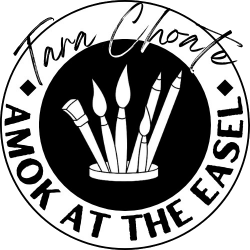
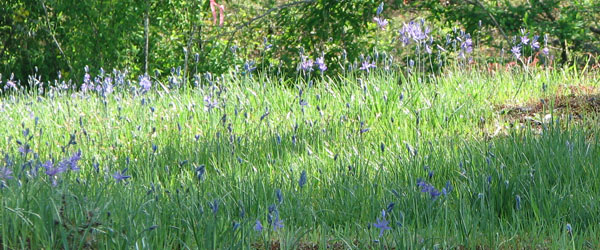
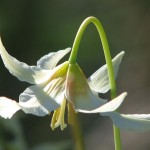
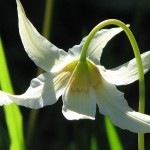
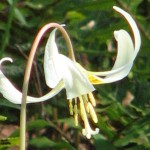
I enjoyed reading some of the history of this beautiful resource. I hope you do someday work on paintings about this inspiration.